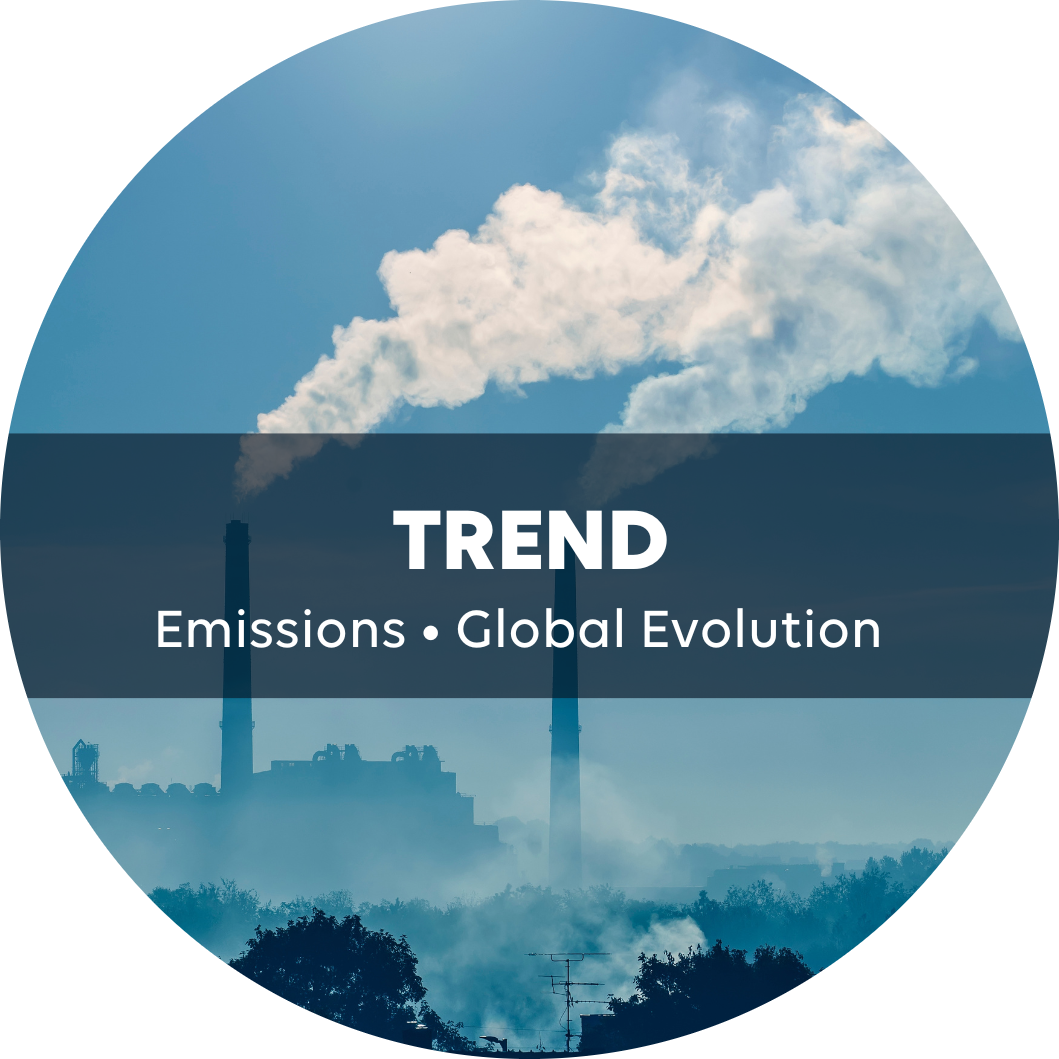Emissions • Since the Paris Agreement, emissions have reached a record high despite transitions underway in some sectors
At a time when most of the negotiation items under the Paris Agreement are stumbling over the issue of financing and North-South solidarity, the intersecting emission trajectories of the industrialised countries and the major emerging economies are redrawing the divisions between past, present and future responsibilities.

- Global CO2 emissions hit a new record in 2022, despite the drop observed in 2020 during the Covid-19 pandemic.
- Emissions have plateaued in the OECD. The EU and the UK have embarked on a sustained reduction in their territorial emissions. The trend has been more erratic in the United States since 2000. Japan reached its peak in 2013, as did Australia in 2017 and South Korea in 2018, more as a result of weak GDP growth than a real shift in the energy mix.
- Emissions are growing mainly in non-OECD countries, which now account for 60% of global emissions. More than 70% of the growth in global emissions since 2000 has taken place in China, where per capita emissions even exceed those of the EU. Despite strong growth, per capita emissions in India and Indonesia remain well below those of the industrialised countries.
- Carbon inequalities are increasingly well measured, and can now be observed both between nations and between income levels within countries. For example, the carbon footprint of China’s middle and upper classes is converging with that of industrialised countries, and increasing the gap with the lowest incomes.


